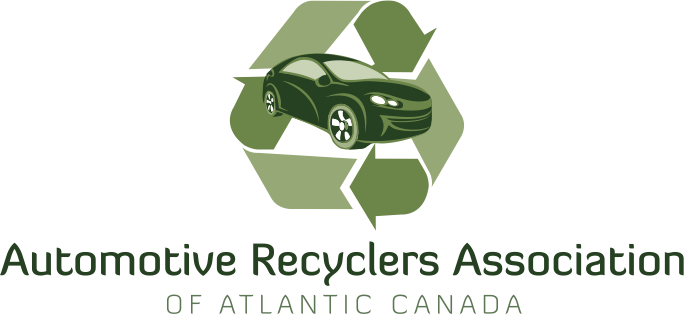 The price paid for vehicles through the Retire Your Ride program has risen significantly since this time last year. The average price paid out in October 2019 was $321.76. October 2020 saw that figure rise to $387.37. That’s a year over year increase of 20.4%.
The price paid for vehicles through the Retire Your Ride program has risen significantly since this time last year. The average price paid out in October 2019 was $321.76. October 2020 saw that figure rise to $387.37. That’s a year over year increase of 20.4%.
Retire Your Ride uses a confidential bidding process that helps secure the highest price for your vehicle. Here’s a brief rundown of how the process works. When you submit a vehicle to Retire Your Ride, details go out to Certified Auto Recyclers in your area. These recyclers then put in the highest bid that they’re willing to pay (including a free tow). Retire Your Ride sends you the winning bid, and you can then decide if you’re willing to accept it. You can find more information on the process here and see some recent successful bids.
The price increase doesn’t only apply when we look at last year’s numbers. In fact, the average price in September 2020 was $370.76. That’s an increase of 4.4% in the last month alone. It’s always a good time to recycle your vehicle through Retire Your Ride, because you know that your car will be properly retired by Certified Auto Recyclers who take appropriate environmental safeguards. The program also pays top dollar for salvage vehicles. However, now might be an even better time than usual, as you’ll likely receive more money.
Less Salvage Equals Higher Prices
So, why have prices risen recently? It can be hard to arrive at a definitive answer, but we can speculate. Modern auto recycling, such as that practiced by Certified Auto Recyclers, thrives on the sale of high-quality used parts. This is part of what distinguishes automotive recyclers from competitors who make most of their profit from scrap metal sales.
A lot of the salvage vehicles that are purchased for parts come from total loss auctions. A vehicle is considered a total loss by insurance companies when it can’t be repaired for less than the value of the vehicle. In other words, if repairs will cost $6,000 and the vehicle’s book value is only $5,000, it will likely be classified as a total loss. However, these “total loss” vehicles often have many useful parts that can be safely and economically re-used on other cars.
There have been a lot of effects from the pandemic, but one of the most noticeable is a big decrease in the total number of kilometres Canadians are driving on a daily basis. You’ve probably noticed that there just isn’t as much as traffic these days. Fewer kilometres driven means there are fewer total loss vehicles available for purchase.
What does all of this mean for you? Long story short, using Retire Your Ride to recycle your vehicle is probably going to net you more cash.
Pandemic Precautions
Certified Auto Recyclers are still able to safely collect and process end-of-life vehicles in Canada during COVID-19, following the best available practices to keep you and their employees safe during this unusual time. As a class of businesses, Certified Auto Recyclers are already used to following a strict code of practice. They’ve had no trouble adding a few additional protections to deal with COVID-19.
Retire Your Ride has always been Canada’s top end-of-life vehicle scrappage program for both the environment and your wallet. All of the environmental benefits are still there, but right now the program might even better for your wallet. For more information on how Retire Your Ride benefits you and the environment, please click here.
If you’ve got a vehicle you want to retire, you can get started here.
The post Prices paid by Retire Your Ride rose steeply in October appeared first on Automotive Recyclers of Canada.
